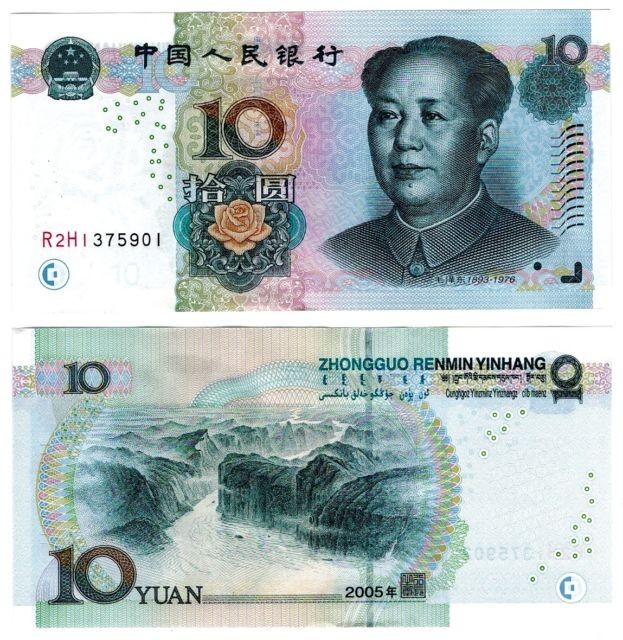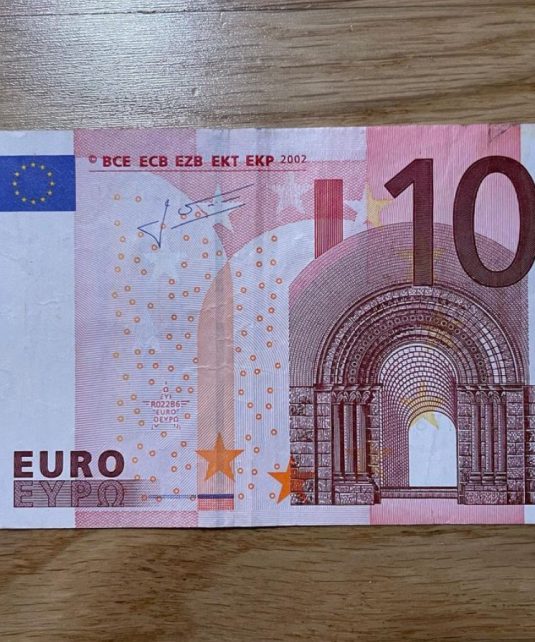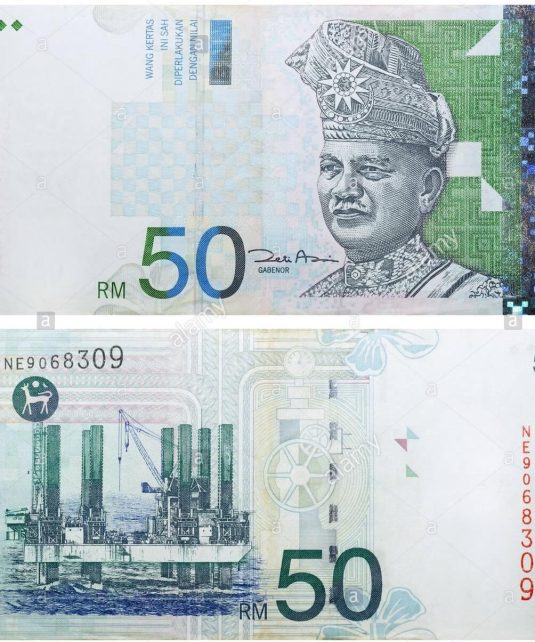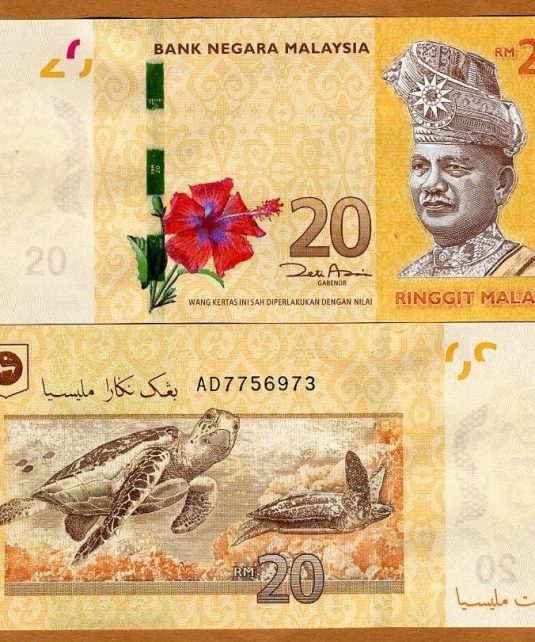10 Chinese Yuan Prop Money
Are you a filmmaker or photographer in need of realistic prop money for your next project? Look no further! We’ve got the perfect solution: 10 Chinese Yuan Prop Money. China is known for its unique currency and culture, making it a great addition to any film or photo shoot. In this blog post, we’ll explore what Chinese Yuan is, the different types available, how to get your hands on them, and most importantly – where to find high-quality 10 Chinese Yuan Prop Money that looks just like the real thing. Get ready to impress your audience with authentic-looking prop money straight from China!
What is Chinese Yuan?
Chinese Yuan, also known as Renminbi, is the official currency of China. It has been in use since 1949 when the People’s Republic of China was established. The word “renminbi” means “people’s money,” reflecting the communist ideology prevalent in China.
The Chinese Yuan comes in different denominations, including banknotes and coins. The banknotes are available in denominations ranging from one to one hundred yuan, while coins are available for smaller amounts such as one jiao (0.1 yuan) and five fen (0.05 yuan).
Since its establishment, the value of Chinese Yuan has fluctuated significantly due to various economic factors such as inflation and exchange rates with other currencies around the world.
In recent years, there have been efforts by China to internationalize their currency by gradually opening up their financial markets and allowing foreigners to invest in them using Chinese Yuan.
Chinese Yuan plays a crucial role not only within China but also internationally as it continues to gain more prominence on the global stage.
The Different Types of Chinese Yuan
The Chinese Yuan is the official currency of China and has been in use since 1949. There are different types of Chinese Yuan notes and coins that are currently in circulation. The most commonly used banknotes include the ¥1, ¥5, ¥10, ¥20, ¥50, and ¥100 bills.
The designs on each note vary depending on the denomination. For example, the front side of a ¥1 note features an image of Mao Zedong while the back side shows an illustration of five stars.
In addition to these regular banknotes, there are also commemorative banknotes that celebrate historical events or figures such as Confucius or Olympic Games held in Beijing.
As for coins, there are six denominations ranging from 1 fen to 1 yuan. However, due to inflation over time and their low value compared to notes they have become less common in circulation.
It’s important to know about the different types of Chinese Yuan before visiting China so you can easily identify which bill is which!
How to get Chinese Yuan
If you’re planning a trip to China or simply want to invest in Chinese currency, it’s important to know how to get Chinese Yuan. Here are some ways you can obtain this currency:
1. Currency exchange: You can visit your local bank or currency exchange office and convert your home country’s money into Chinese Yuan.
2. ATMs: Many banks have partnerships with international banks that allow for cash withdrawals in foreign countries, including China.
3. Online currency exchanges: There are several online platforms that offer the option of exchanging currencies from different parts of the world, including Chinese Yuan.
4. Traveller’s Cheques: These are pre-paid cheques which can be exchanged for local currencies at banks or exchange offices.
It’s important to note that it is illegal in China to purchase or sell Chinese Yuan outside the authorized channels. Therefore, make sure you use official channels when obtaining your Chinese Yuan!
10 Chinese Yuan Prop Money
If you’ve ever watched a movie or TV show that involves some sort of financial transaction involving Chinese currency, chances are you’ve seen prop money. These fake bills look surprisingly realistic, but are used for entertainment purposes only.
One popular denomination of prop money is the 10 Chinese Yuan bill. This particular bill features a portrait of Mao Zedong, China’s former communist leader, on one side and an image of the Great Wall on the other.
There are many places online where you can purchase 10 Chinese Yuan prop money for your own personal use. Whether you’re creating a film or just want to prank your friends with some fake cash, there are plenty of options available.
When purchasing prop money, it’s important to make sure that it is legal in your area and that it is being sold by a reputable source. You don’t want to get into any trouble with the law or end up with low-quality counterfeit bills.
Overall, 10 Chinese Yuan prop money can be a fun addition to any collection or project. Just remember to use it responsibly and legally!
Conclusion
In conclusion, 10 Chinese Yuan prop money is a great way to add authenticity and realism to any film or photo shoot that requires the use of cash. With different types of Chinese Yuan available, you can easily find the right one for your needs.
Getting your hands on 10 Chinese Yuan prop money is also easy with online shops offering them at affordable prices. Just make sure to choose a reputable seller and check their reviews before making a purchase.
Using prop money adds another layer of professionalism to any production or project. So why settle for subpar props when you can elevate your work with realistic-looking currency? Get your hands on some 10 Chinese Yuan prop money today and see the difference it makes in your creative endeavors!
| Select Quantity | 3000 Bills, 4000 Bills, 5000 Bills, 6000 Bills |
|---|






There are no reviews yet.